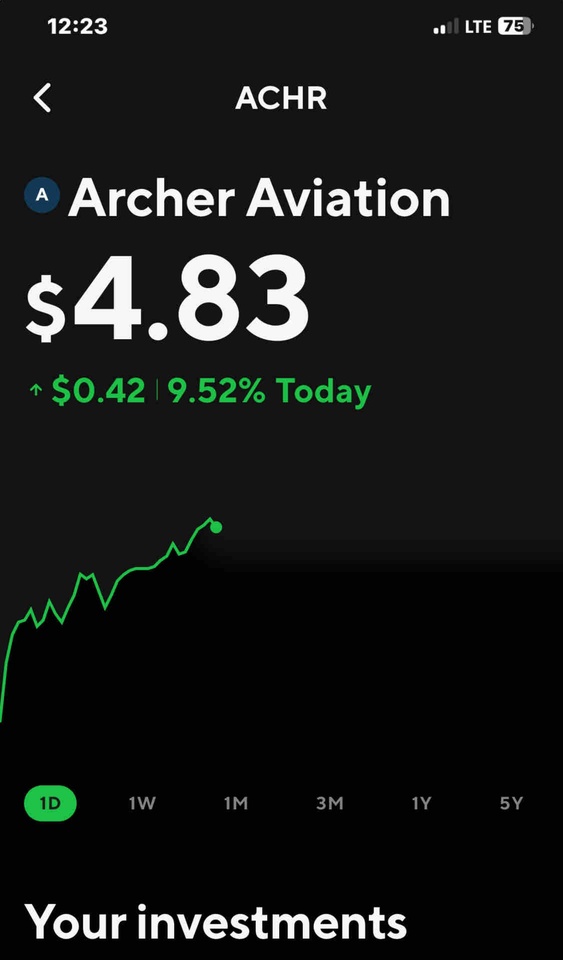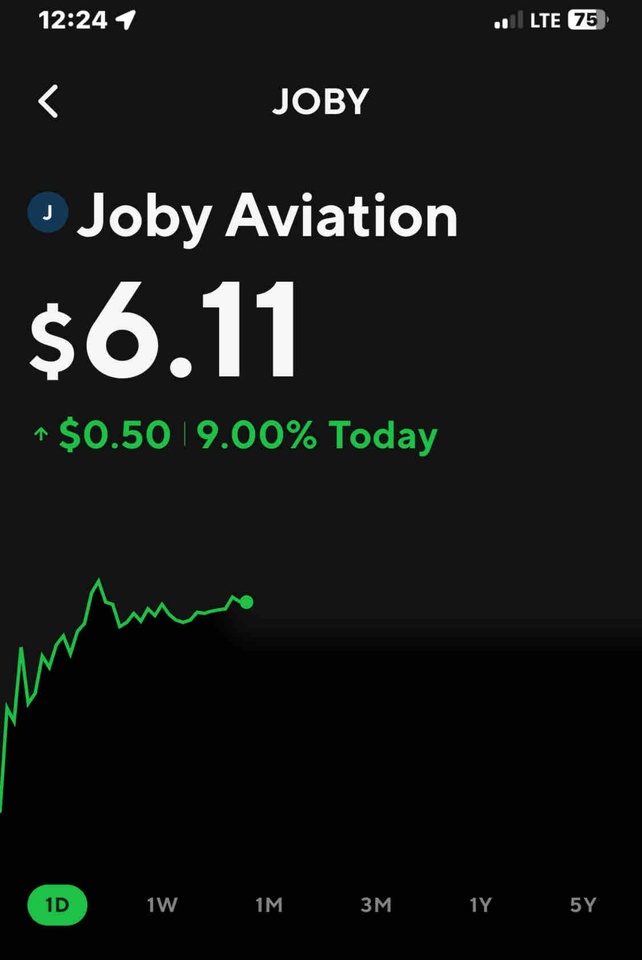This is my long-term portfolio -5 or six stocks. Nobody follow just do your research.
Joby Aviation
Price
Debate sobre JOBY
Puestos
6Scientists see the future in low-cost nanodrone swarms
Swarms of nanodrones can greatly increase the efficiency of agriculture. Researchers are certain that they can spray and fertilize independently when they detect a need and much more.
Sat., May 31, 2025, 3:47 p.m.
Unprecedented growth
The global market for agricultural nanodrones is growing rapidly. Forecasts predict an average annual growth rate of 35% over the next decade. Governments and private investors are increasingly investing in this groundbreaking technology and driving progress in research, development and deployment.
Agricultural countries such as India, Brazil and the countries of sub-Saharan Africa are actively using nanodrones. The market for small and nano drones is expected to reach USD 10.4 billion by 2030, growing at a compound annual growth rate of 8.6% from 2023. The focus here is on agriculture and disaster management.
Political recommendations also advocate subsidies and incentives to encourage small farmers to use drone technology.
Nanodrones make agriculture much more efficient
Research shows that the use of nanodrones has helped to optimize efficiency in agriculture. The Robotic Eagle-Micro Drone, for example, shows the potential of bio-inspired nanodrones in tackling agricultural problems such as pollinator decline and crop monitoring.
Nanocopters, or small helicopter-like drones, can also be used to stimulate pollination and increase productivity.
Examples: Monitor, detect, treat
The seamless integration of nanodrones into sensor networks has proven its worth in large-scale agricultural monitoring. It improves crop yields and reduces the use of chemical pesticides at the same time.
As these drones detect plant diseases before visible symptoms appear, they prevent large-scale crop losses and thus ensure food security even in regions affected by unpredictable climate changes.
Newer nanodrones offer innovative solutions that increase efficiency while reducing operating costs and environmental impact. For example, nanodrones such as AgroFly are designed for high-precision pesticide application, minimizing drift and ensuring optimal crop protection without excessive exposure to the product.
Another system called AgroWings is designed for large-scale monitoring and is equipped with AI-powered sensors that analyze soil conditions, detect nutrient deficiencies and provide real-time feedback to farmers.
Robotic Eagle uses advanced imaging technologies to detect early signs of disease, pest infestation and water stress to intervene in time and prevent large-scale crop failure.
Nano drones in agriculture are a growing trend. There are various companies that specialize in drones for agriculture and whose shares are traded on the stock exchange, such as Drone Destination or ZenaTech. There are also companies that manufacture drones in general, such as DJI or Parrot, whose shares can also be found on the stock exchange.
Drone Destination:
This company is a major player in the agricultural drone market and recently completed a successful IPO.
Drone Destination Limited is an India-based drone as a service (DaaS) and training company. The company is engaged in trading, operating, manufacturing, repairing, leasing and training for various types of drones including Multirotor, Fixed Wing, Hybrid UAV, e-VTOL, UAS, SUAV, RPV, RPAS, UWV, UGV and others. The company is a licensee of the General Directorate of Civil Aviation.
ZenaTech: $ZENA (-0,35 %)
This company specializes in AI-powered drone solutions that can also be used in agriculture.
DJI and Parrot: $PARRO (+2,22 %)
These companies are leading manufacturers of drones that can also be used in agriculture.
Joby Aviation: $JOBY
A company that focuses on the development of air cab drones that can also be used in agriculture.
Northrop Grumman: $NOC (+0,65 %)
A well-known defense manufacturer that also develops and offers drones for agriculture.
Teledyne Technologies: $TDY (-0,12 %)
A company active in various fields, including agriculture and aviation, offering drone solutions.
Exail Technologies: $EXA (+9,52 %)
A company that focuses on developing drone solutions for agriculture and other industries.
Autel Robotics: $688208
Another major manufacturer of civilian drones that also offers drones for agriculture.
$RCAT (+0 %) Red Cat Holdings and its subsidiaries develop drones that can be used in various fields, including agriculture. For example, drones can be used to inspect fields, take aerial photographs and monitor crops.
Please note that investing in shares involves risks and that you should inform yourself thoroughly before investing.
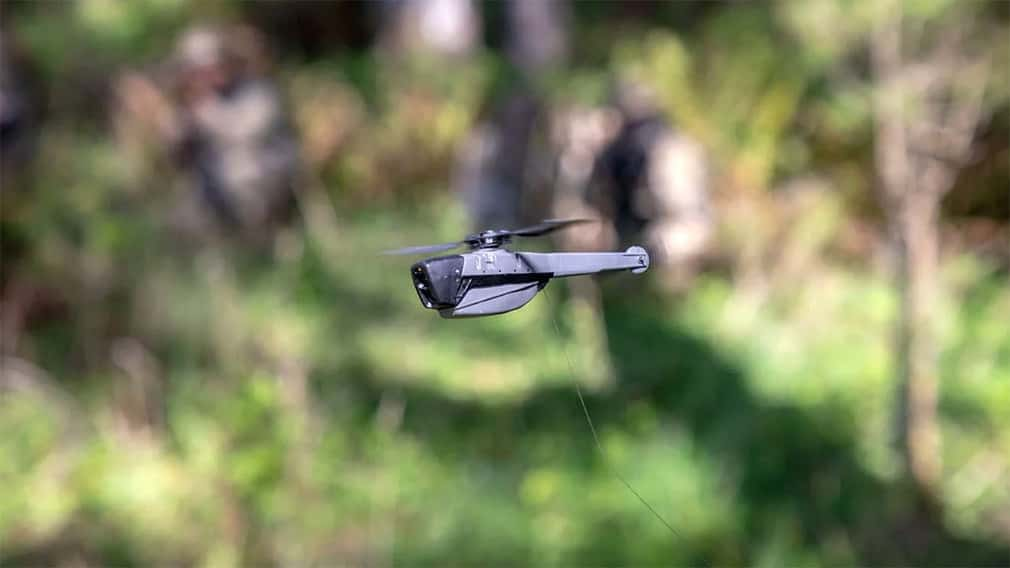
Insights from the Archer Aviation analyst conference - Is the EVTOL company finally taking off?
As a listener to Archer Aviation's conference call ($ACHR ) for the fourth quarter of 2024, I was able to gain important insights into the company's current stage of development.
Adam Goldstein, the founder and CEO of Archer, outlined his vision of a fundamental redesign of aviation. He emphasized that the aviation of the future must be ubiquitous, highly autonomous and electric to accommodate growing cities and populations. To achieve this, he said, aviation must be made accessible to the masses, autonomy must be increased through software-controlled systems and AI, and electric propulsion must be used more widely.
Goldstein believes Archer has a responsibility to lead this lead this transformation. The company focuses on three main areas:
- Design and manufacture of the electric air cab Midnight electric air taxi for use in cities.
- defense in partnership with Anduril to develop a hybrid vertical take-off aircraft for military and civilian purposes.
- Software to develop advanced flight control systems and optimize airspace through AI.
A central point was the presentation of the "Launch Edition" programprogram, which is intended to enable Archer to operate Midnight aircraft in selected markets worldwide before the FAA has granted type certification. Abu Dhabi Aviation was introduced as the first Launch Edition partner. These partnerships will not only generate revenue, but also serve as a "playbook" that can be scaled to other partners worldwide. In the U.S., Archer continues to work with United Airlines and Southwest to plan operations in key cities such as L.A., San Francisco, Miami and New York.
Goldstein also emphasized the importance of the defense business and emphasized the partnership with Anduril to develop a hybrid aircraft for vertical hybrid aircraft for vertical takeoffs. He sees an opportunity here for multi-billion dollar programs that do not require FAA approval. Similar to SpaceX, there would be synergies between the civil and military sectors, with the civil technology creating credibility and diversified revenue streams, while the role in the defense sector would establish eVTOL as a national priority.
Goldstein concluded by mentioning a capital increase of 300 million US dollarswhich provides Archer with over $1 billion in liquidity.
Thomas Muniz, Archer's Chief Technology Officer, then presented detailed insights into the company's technological progress. technological progress of the company. He emphasized that Midnight's core technology, the electric drive system and the flight control softwarecan be adapted for different applications. The company has conducted extensive testing, including Propeller endurance tests, ground vibration tests and fault injection tests. Muniz emphasized that there are no shortcuts in flight safety and that the thorough tests have strengthened confidence in the maturity of the aircraft design and systems.
An important design aspect of Midnight is its ability to conventional take-off and landing (CTOL) and for vertical take-off and landing (VTOL), which increases operational flexibility and safety. Muniz also mentioned the progress made with operational approvals FAA and the certification of the Part 141 Flight Training Academywhich enables Archer to train and certify Midnight pilots.
Internationally, Archer has continued its efforts in the UAE and works closely with the General Civil Aviation Authority together. A project-specific certification plan has been finalized and Archer has already started submitting compliance data. In the summer, the first manned Midnight aircraft will be delivered to Abu Dhabi for flight tests under hot conditions.
With regard to Archer Defense, the company is planning a VTOL aircraft with hybrid propulsion and low thermal and acoustic signature.
Priya Gupta, Archer's acting CFO, presented the company's financial results for the fourth quarter of 2024. She highlighted that Archer ended the year with 835 million US dollars in cash and cash equivalents, which is the which is the highest quarter-end cash balance ever achieved. Current liquidity is over $1 billion. Gupta also mentioned the possibility of an additional capital infusion from Stellantis of up to $400 million.
The Non-GAAP operating expenses for the fourth quarter totaled $98.3 million, while total GAAP operating expenses were GAAP operating expenses amounted to 124.2 million US dollars. For the full year 2024, non-GAAP operating expenses amounted to USD 380.6 million and GAAP operating expenses amounted to USD 509.7 million. The Cash flow from operating and investing activities for 2024 amounted to USD -450.6 million, but also included expenses for the construction of the ARC facility.
For the first quarter of 2025, Archer expects an adjusted EBITDA loss of 95 to 110 million US dollars.
In the question-and-answer section of the conference, Archer executives responded to questions from analysts:
FAA certification and commercializationGoldstein emphasized that there are two different paths: the "Launch Edition" path, which is independent of FAA certification, and the FAA-certified path for the US market. He was confident that the new government would help to speed up the processes.
Pilot flightMuniz stated that the Midnight aircraft is now fully assembled and at the flight test center in Salinas. He did not give an exact date for the first flight, but indicated that it should take place soon.
Launch Edition salesWhen asked about the sales expectations for the Launch Edition aircraft, Goldstein confirmed the target of several tens of millions of dollars in sales and a positive margin for these aircraft.
Production capacity: In terms of production capacity, Goldstein said that the company plans to produce "dozens of aircraft" in 2025 and 2026. "dozens of airplanes" and to scale up production from 2027.
SoftwareGoldstein mentioned that software is an important part of Archer's strategy, especially in terms of customer booking experiences, motion control, operational control and autonomy.
Compliant aircraftMuniz explained that Archer has a detailed plan for the parts of each test aircraft that must be compliant to support the intended flight test objectives.
Defense initiativesGoldstein stated that the timing is good to commit resources to the DoD initiatives because the Midnight aircraft is mature and engineers can be diverted from that program.
Financial planningGupta explained that spending in the first quarter is expected to be between $95 million and $110 million. She also mentioned that Archer is leveraging existing engineering resources as they transition from the Midnight program to the defense program.
Anduril Partnership: Muniz said that Archer is working to build the aircraft and can't share much right now given the sensitivity of the matter.
Abu Dhabi contract: Goldstein said the contracts will vary depending on the goals of the different countries and partners they are working with. The planes are expected to have a price tag of around 10 to 15 million dollars.
To summarize, Archer Aviation has made significant progress in the fourth quarter of 2024, both in terms of technology and liquidity. The company is pursuing an ambitious vision for the future of aviation and is focusing on a combination of civil and military applications to realize this vision.
The partnership with Abu Dhabi Aviation and the "Launch Edition" program are promising steps towards the commercialization of the Midnight aircraft, while the collaboration with Anduril opens up new growth opportunities in the defense sector.
Other listed EVTOL manufacturers include Joby Aviation ($JOBY ), Lilium ($LILM (-18 %) ) and Eve Air ($EVEX )
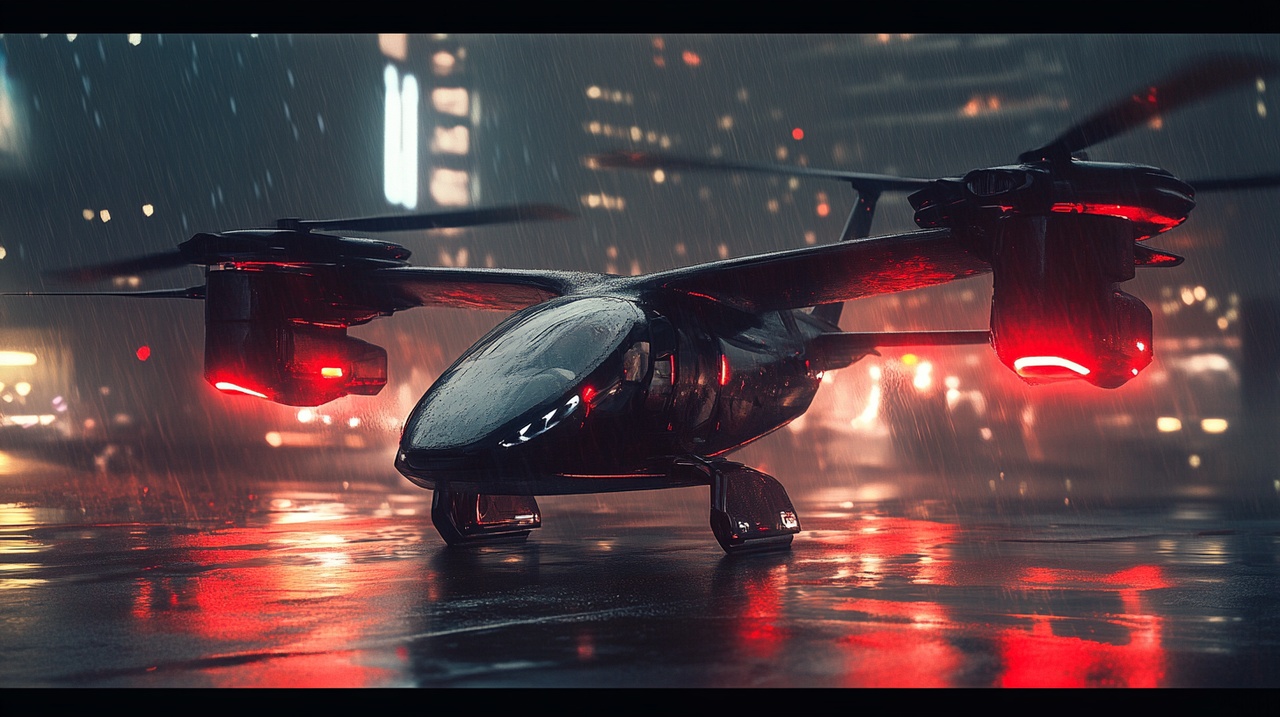
Insights from the Joby Aviation Analyst Conference - Progress in certification and production
The conference call on the business results of Joby Aviation ($JOBY ) for the fourth quarter of 2024 impressively demonstrated how the company continues to move towards commercialization.
CEO JoeBen Bevirt emphasized that Joby is making progress in the areas of certification, production and strategic partnerships has made enormous progress. Particularly noteworthy were the record progress in stage 4 of the type certificatethe delivery of a second aircraft to Edwards Air Force Basesuccessful test flights in Korea and the launch of the first vertiport in Dubai - a clear sign that Joby is making great strides towards commercial operation towards commercial operation.
Another highlight of the conference was the financial strengthening of the company. Over 1 billion US dollars in fresh capital and commitmentsincluding 500 million US dollars from Toyotaprovide Joby with the necessary financial flexibility to further ramp up certification and production. Bevirt emphasized that Joby is currently the only only eVTOL company to have delivered multiple aircraft from a production line.
In recent months, Joby has delivered four aircraft from its production facility in Marina, California facility. This capacity will be further expanded in order to meet the increasing demand. At the same time, the successful completion of the ground-based TIA test with a compliant flight deckdeck, which is a decisive step towards certification by the FAA (Federal Aviation Administration) certification.
Within the next 12 months, Joby plans to start the TIA flight tests in the USA. To prepare for this process, a delegation from the FAA delegation completed test flights in the simulatorwhich are identical to the upcoming flight tests. In addition, manned test flights were carried out to test the optimize pilot training and safety processes.
An important growth area for Joby remains the military sector. Cooperation with the US Department of Defense has intensified over the past eight years. Joby is currently the only eVTOL company to have delivered aircraft to a US government agencywhich has already happened twice. In addition pilots and mechanics from the US Air Force have been trained to operate and maintain the aircraft - a clear sign of the military's confidence in the technology. Particularly in demand are long-haul solutionswhich is why Joby has developed a hybrid hydrogen-electric flight over 561 miles to meet the range requirements of potential government customers.
The expansion to Dubai is also picking up speed. In the coming months, Joby will fly an aircraft to Dubai to Dubai in order to operational readiness for passenger transportation. for passenger transportation. The Dubai government is highly motivated to establish itself as a leading location for air taxis for air taxis. Construction of the first vertiports has already begunand Joby is working in parallel on developing the infrastructure infrastructure, the app and the entire service chainto create a fully integrated mobility service for the region.
Financially, Toyota remains Toyota remains an important strategic partner. The first 250 million US dollars of the investment have already been approvedand there is a high probabilitythat the second tranche will also flow in 2025. It is interesting to note that none of these investments come with options or further conditions is linked to options or further conditions - a strong sign of Toyota's long-term confidence in Joby.
In 2025, Joby is increasingly focusing on expanding its production capacities. In Marina the production facility will be ramped up further, while in Ohio first aircraft aircraft components are already are already being manufactured in Ohio. The production strategy follows a step-by-step approachWhile the first aircraft are already in operation, more and more parts and systems are to be parts and systems to conform to FAA specifications. specifications. Over 95% of the composite materials are already compliantand the next steps include the safety and quality assurance and quality testing of the electronics, software and other subcomponents.
The first aircraft that will be delivered to Dubaifrom the current test fleet and will be prepared to the highest standards for commercial operation. commercial operation. The TIA flight tests with the FAA are another important element in this process. FAA pilots have already performed the first simulator flights to prepareto prepare for the start of the official test campaign the official test campaign.
CFO Paul Sciarra presented the company's key financial figures. At the end of 2024, Joby had at its disposal 933 million US dollars in cash and short-term investmentswhich was supported by an underwritten equity offering of 222 million US dollars and 128 million US dollars from an at-the-market offering was further strengthened. Net loss in the fourth quarter of 2024 was USD 246 million, with operating loss of USD 150 million and other losses of USD 97 million. Adjusted EBITDA loss amounted to USD 119 million.
For 2025, Joby expects cash consumption to be between USD 500 million and USD 540 million, largely due to the scaling of production and the certification process. Despite the high level of investment, the company remains financially solid, particularly due to the expected Toyota payments and further financing opportunities.
The conference call made it clear that Joby Aviation is consistently implementing the next steps towards commercialization. Investors who focus on electric air mobility as a future market should follow the next developments closely - because Joby could be the first company to commercialize air cabs onto the market on a global scale. However, we can also see from the example of Lilium that it can quickly come to an end if the partners and investors stop injecting money.
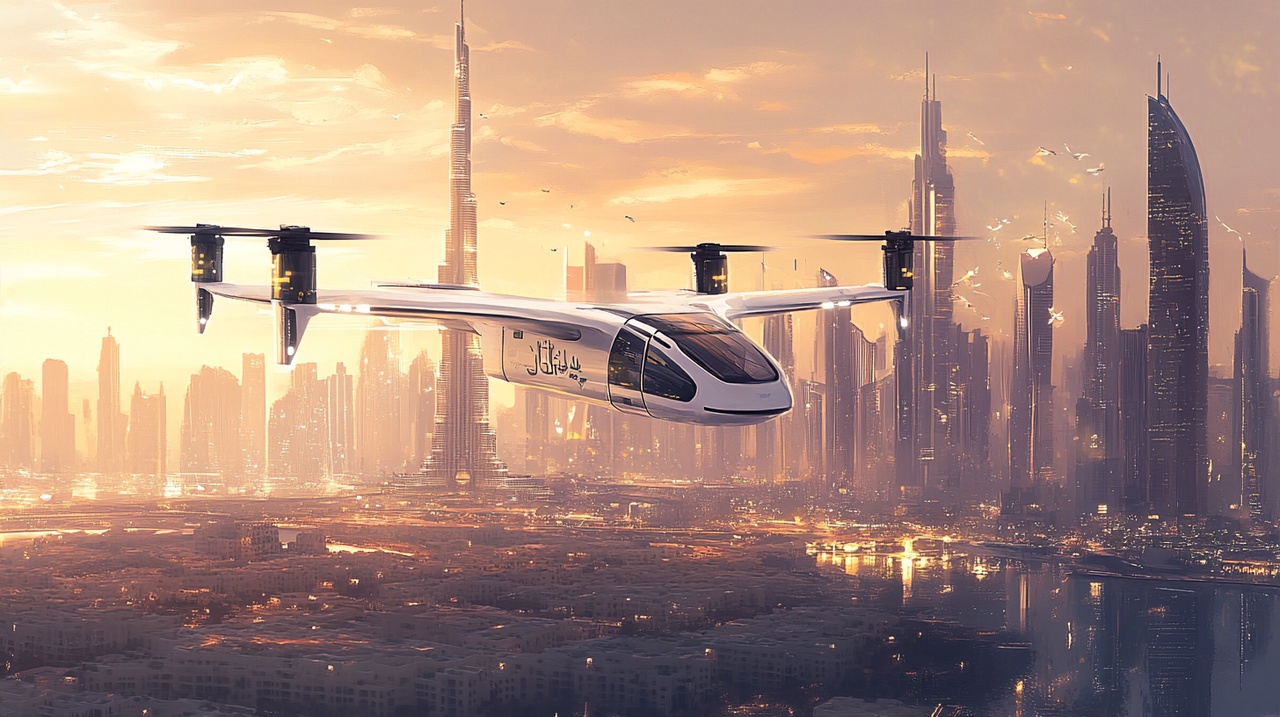
I have been involved in the EVTOL sector for some time now and find it very promising for the future.
There are a large number of companies that want to develop EVTOL aircraft (electrically powered vertical take-off and landing aircraft) in the future, some of which are already in promising test phases. In addition, some of the most promising companies are already listed on the stock exchange. The following EVTOL manufacturers are listed on the stock exchange:
- Archer ($ACHR )
- Joby Aviation ($JOBY )
- Lilium ($LILM (-18 %) )
- Vertical Aerospace ($EVTL )
- Ehang ($EH )
- Horizon Aircraft ($HOR )
- Airbus ($AIR (+1,86 %)
However, there are other promising developers that are not currently listed on the stock exchange, so direct investments in these companies are not possible. Here is an overview of the unlisted companies:
- Volocopter
- Xpeng Aeroht
- Wisk
- Supernal
- Eve Air Mobility
- AIR VEV
I asked myself how the industry is structured and whether it is possible to invest in the industry through indirect investments. And I will say this much: yes, you can.
Here is an overview of the value chain:
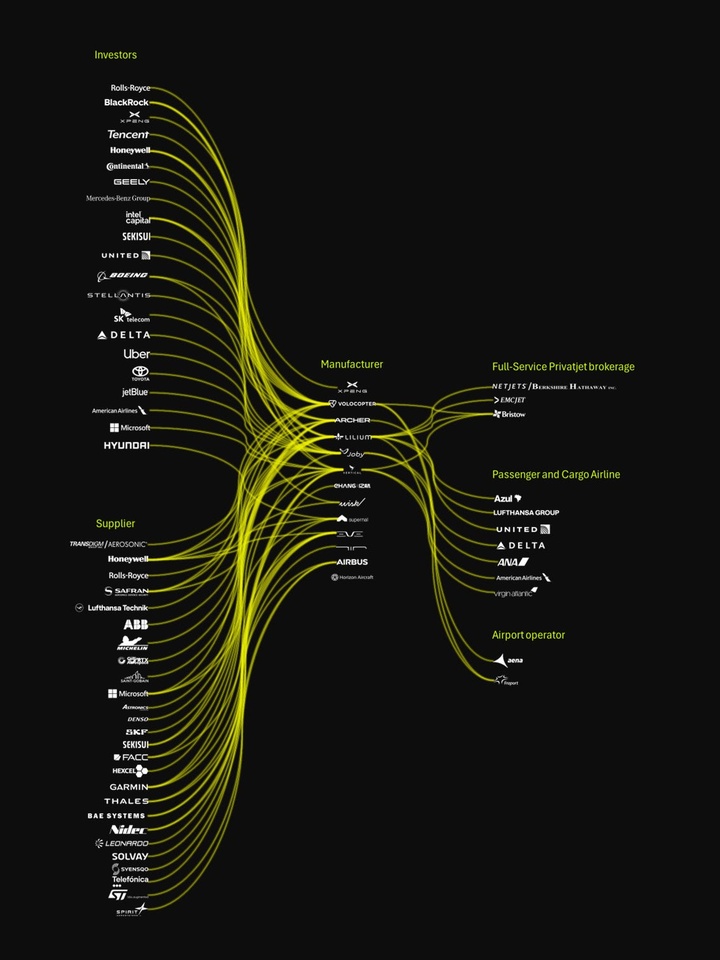
$ERJ
https://www.airliners.de/blade-embraer-flugtaxis-europa-einsetzen/69361
Valores en tendencia
Principales creadores de la semana







